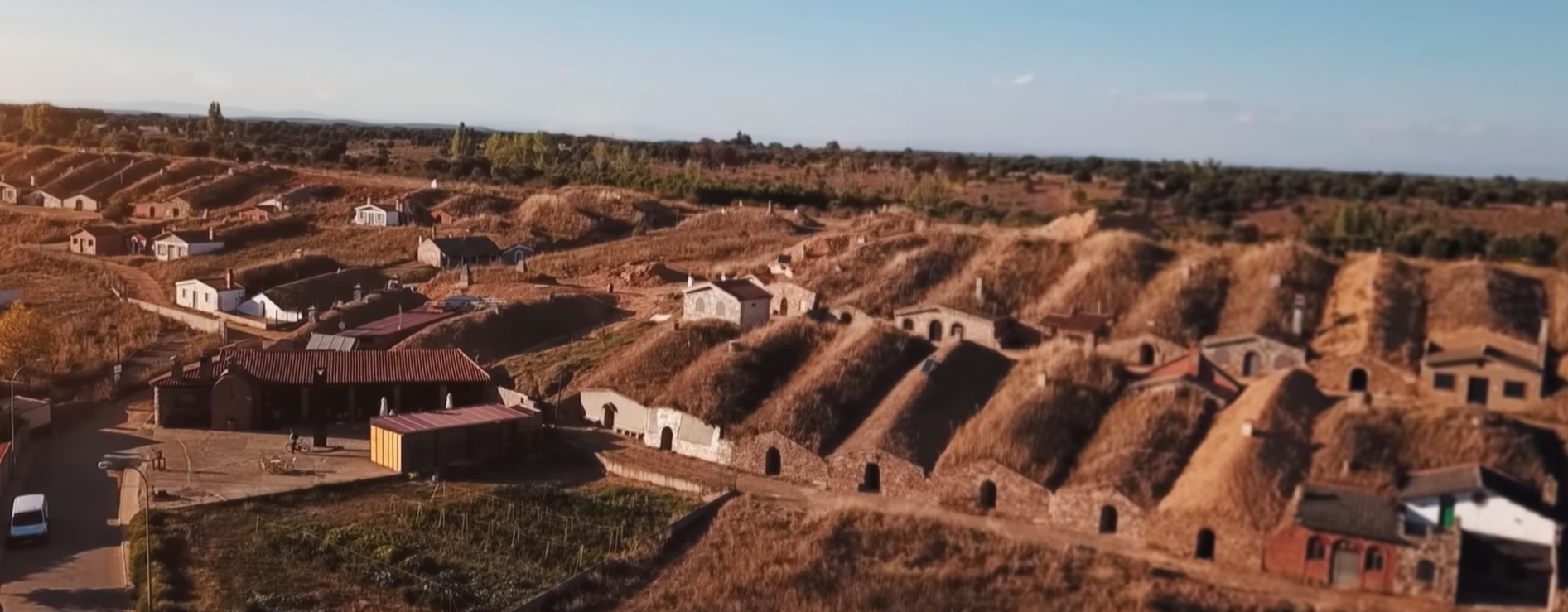Cecina


The elimination of water from food by simple air-drying, sometimes accelerated by the heat of the sun, was one of the first methods of conservation deliberately used by humans. Other procedures that alter the status of water in food, such as the addition of salts or smoking, have also been used since ancient times.
History of cecina.
 The origin of salt beef itself is lost in the mists of time, as is that of other cured-dried meat and fish products. Salting is a type of procedure used for various foods since time immemorial, and there is evidence that the Sumerians consumed salted meat and fish in Mesopotamia some 3,000 years before Christ.
The origin of salt beef itself is lost in the mists of time, as is that of other cured-dried meat and fish products. Salting is a type of procedure used for various foods since time immemorial, and there is evidence that the Sumerians consumed salted meat and fish in Mesopotamia some 3,000 years before Christ.
Leonese Salt Beef has been a staple traditional food for centuries in the farming communities in the valleys and mountains of the northern edge of Castilla y León. The way it was made on family farms gave a safe product of high nutritional value that formed a protein supplement for the diet of our people, and was also an example of the rational use of livestock resources in the area.

Dry curing of large pieces of beef is more difficult than curing chorizo or salchichón sausages, in which the salt is distributed evenly. In our case, the salt must penetrate the cut of meat by diffusion.
In the picture you can see the four cuts it is made with: topside, knuckle, silverside and rump. You can get an idea of its size and the time it takes to make the product; it needs to be slow to make a great product.
The best things of cecina.
Its well-loved smell and excellent flavour have made it a more and more highly-valued product. Its quality has been recognized by the European Union through its protection with a protected geographical indication (PGI). PGI is defined as the name of a region, of a specific place, which is used to designate an agricultural product or a food product originating in that region which has a certain quality, a reputation or characteristic that can be attributed to its origin and whose production, transformation or processing are carried out in that place.
The paradox of this product is that although it is so old, so authentic and delicious, there are hardly any studies about it. In the case of ham, the opposite is true.
It is a very nourishing product. Studies show that it has a high protein content and a low fat content, as well as a high content of minerals, mainly zinc and iron, which are very important from a nutritional point of view. In terms of monounsaturated fatty acids, it contains oleic acid, and this, together with palmitoleic acid, makes up between 43-50% of the total fatty acids in it. Linoleic acid is also present.

Our Cecina, our salt ox, is a product of a thousand-year-old tradition, with the depth and weight of the past, made with the legs of our oxen who have waited patiently for their prime, who have enjoyed a pleasant and relaxed life, forging subtle and elegant fats which when they age slowly give colours and nuances of a sublime complexity, of umami.
We are convinced that people recognise authentic things, and they will always be popular.








Thank you for this post! I was looking for more info about Cesina.
Thank you for appreciating our article, we hope it has been useful to you. Best regards!